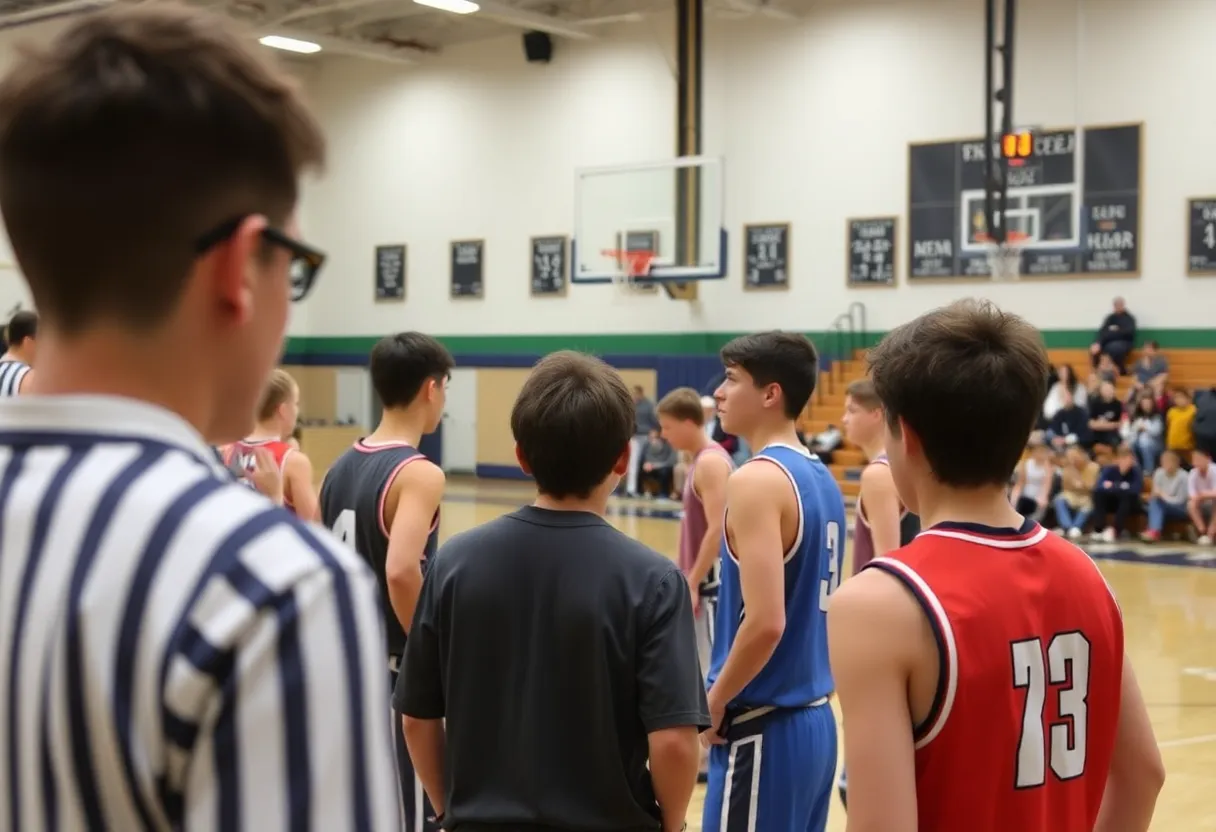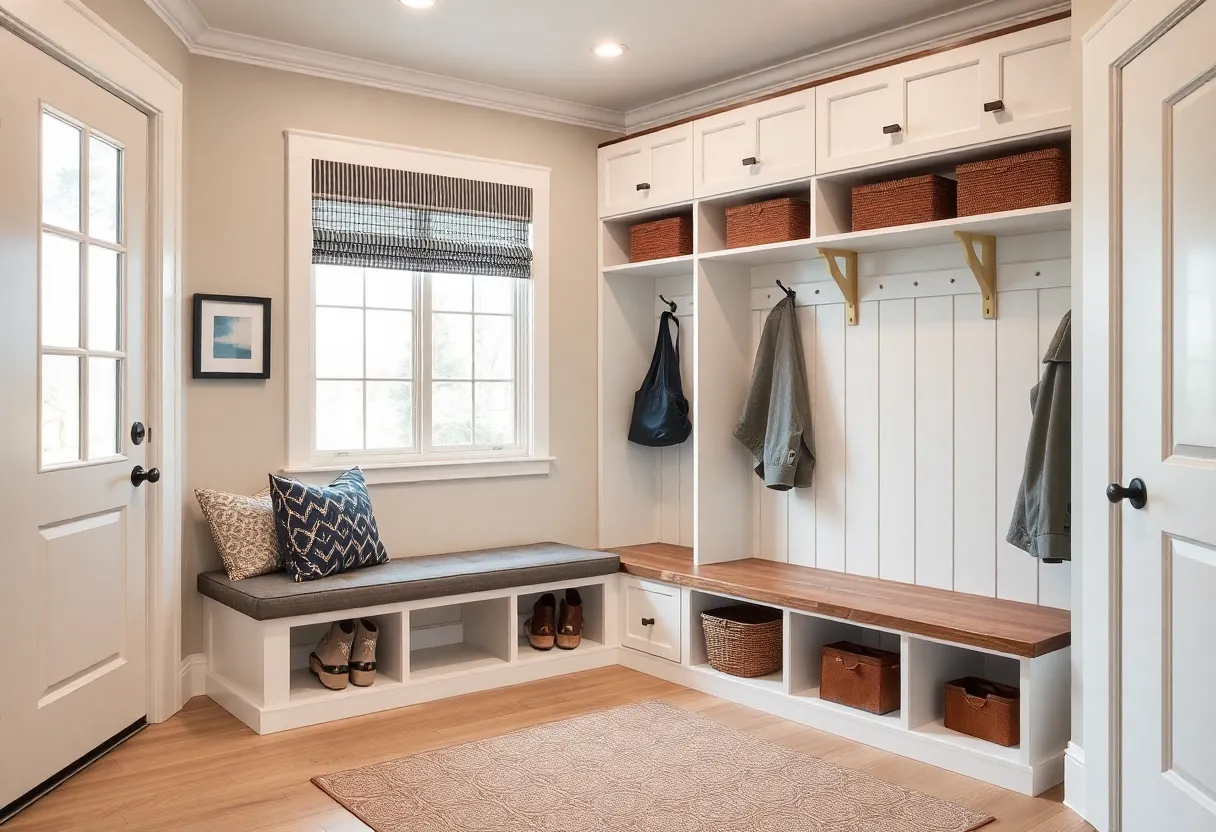Madison, Wisconsin, July 24, 2025
News Summary
The Wisconsin Interscholastic Athletic Association advisory council has turned down a proposal to introduce a 35-second shot clock for high school basketball. Despite support from many coaches and the Wisconsin Basketball Coaches Association, the proposal was narrowly rejected, maintaining the current game format for the upcoming season. With 31 states already adopting shot clocks, the decision highlights ongoing division within Wisconsin basketball regarding game strategy and modernization efforts.
Madison, Wisconsin – The Wisconsin Interscholastic Athletic Association (WIAA) advisory council has rejected a proposal to implement a 35-second shot clock for high school basketball, a decision that has sparked considerable controversy among coaches and athletic administrators throughout the state. The proposal, which was set to take effect at the start of the 2027-28 season, will not be moving forward, meaning high school basketball in Wisconsin will continue to operate without a shot clock at the beginning of the upcoming season.
The advisory council’s decision follows growing support for the shot clock over the past years, notably since Wisconsin proposed the shot clock in 2017. Despite strong backing from the Wisconsin Basketball Coaches Association (WBCA), which voted 6-1 in support of the measure, the advisory committee’s vote narrowly passed at 7-6, casting doubt on the proposal’s overall acceptance. A survey conducted by the WBCA indicated that 62% of coaches favor the implementation of a shot clock, which they argue would enhance the pace and strategy of the game.
Furthermore, as of next season, 31 states and Washington D.C. are set to adopt a shot clock, placing Wisconsin in the minority. Coaches and supporters maintain that a shot clock would make high school basketball more dynamic, improving offensive and defensive strategies while preparing players for higher levels of competition. Current end-of-game strategies allow teams to stall for significant amounts of time without shooting, limiting the excitement and fluidity of the game.
Despite this strong support, opposition remains, primarily due to logistical concerns regarding the cost of implementing shot clocks and the operational challenges they pose. Some administrators argue that not all teams require a shot clock, as varying play styles may not necessitate such a measure. A separate WBCA survey from December 2022 revealed only 45.7% of school and administrative leaders were in favor of the shot clock proposal.
The WIAA Executive Staff was divided in their opinions regarding the shot clock, which likely influenced the final decision. The topic of a shot clock continues to be a divisive issue within Wisconsin basketball, reflecting broader national debates on the subject.
In addition to the shot clock proposal, the advisory council also rejected other changes, including a proposal to expand state tournaments from 20 teams to 40, signaling a careful approach towards modifications in Wisconsin high school sports.
As discussions continue among coaches and administrators, the push for a shot clock remains active, demonstrating the continued efforts to modernize and improve the high school basketball experience in Wisconsin.
Key Features of the Shot Clock Proposal
| Feature | Details |
|---|---|
| Proposed Shot Clock Duration | 35 seconds |
| Proposed Implementation Year | 2027-28 school year |
| Support from Coaches | 62% in favor according to WBCA survey |
| States Implementing Shot Clock | 31 states + Washington D.C. |
| Opposition Reasons | Logistical concerns, cost, differing team styles |
| Advisory Council Vote | 7-6 in favor |
| Survey Support from School Leaders | 45.7% in favor |
FAQ
What is a shot clock and how does it impact basketball games?
A shot clock is a timer that counts down how long a team has to attempt a shot. Its implementation aims to increase the pace of the game by discouraging teams from stalling, thus leading to a more exciting and dynamic game.
What was the outcome of the WIAA advisory council’s decision regarding the shot clock?
The WIAA advisory council rejected the shot clock proposal, meaning that Wisconsin high school basketball will continue without a shot clock beginning next season.
Why do some coaches support the inclusion of a shot clock?
Many coaches believe that a shot clock would make games cleaner and more strategic, helping to better prepare players for higher levels of competition while also enhancing the defensive aspects of the game.
What were the primary reasons for opposing the shot clock?
Opposition largely stemmed from logistical concerns, such as the cost and the question of who would operate the shot clocks. Additionally, some felt that not all teams require a shot clock due to differing play styles.
Deeper Dive: News & Info About This Topic
HERE Resources
Additional Resources
- HNG News
- Milwaukee Journal Sentinel
- WXOW News
- Oregon Observer
- Seehafer News
- Wikipedia: Shot Clock
- Google Search: Shot Clock Basketball
- Google Scholar: Shot Clock Basketball
- Encyclopedia Britannica: Shot Clock
- Google News: Shot Clock Basketball
Author: STAFF HERE WASHINGTON DC
The WASHINGTON DC STAFF WRITER represents the experienced team at HEREWashingtonDC.com, your go-to source for actionable local news and information in Washington, DC, and beyond. Specializing in "news you can use," we cover essential topics like product reviews for personal and business needs, local business directories, politics, real estate trends, neighborhood insights, and regional news affecting the area—with deep expertise drawn from years of dedicated reporting and strong community input, including local press releases and business updates. We deliver top reporting on high-value events such as the National Cherry Blossom Festival, Kennedy Center Honors, and the Washington Auto Show. Our coverage extends to key organizations like the Greater Washington Board of Trade and Destination DC, plus leading businesses in government contracting and technology that power the local economy such as Lockheed Martin and Amazon. As part of the broader HERE network, we provide comprehensive, credible insights into the dynamic landscape of the Washington metropolitan area.





